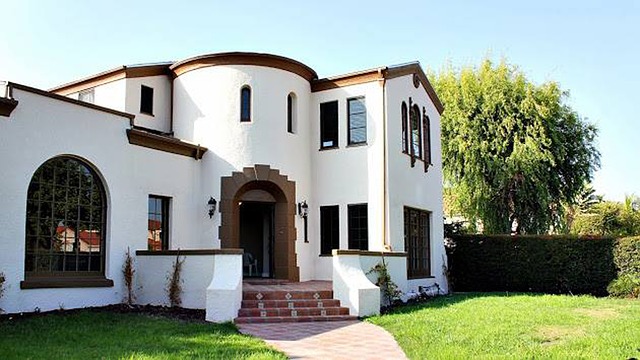Anyone who has visited Southern California cannot fail to notice the diversity of architectural styles. The urban environment is a key feature of the state\’s southern cities, which attract residents from diverse backgrounds.
These cities were designed in the so-called Googie style, which first appeared in California architecture after World War II, when the automobile became the dominant mode of transportation. Googie actually represents the incorporation of the automobile into the architectural style. As a result, customers could drive into coffee shops, gas stations, and food franchises.
The combination of different cultures and different housing styles is characteristic of California. California\’s landscape changes frequently, and so does its diversity. Throughout the state, elements of both can be found, from the most representative commercial design in the north to residential architecture in the south. The following sections describe the differences between adobe and Spanish-style housing. The most interesting representatives of these styles are found in the Southern California region: Orange County, Los Angeles, Riverside, San Bernardino, and San Diego.
These homes reflect both the evolution of the region over hundreds of years and the wealth and multiculturalism of the local population. The influence of the glorious Hollywood era, etched into more than one corner of the city, is undeniable.
Adobe houses
This type is found throughout California. They are often made of organic materials such as brick or mud. These structures resemble millennia-old buildings built by Native Americans.
Ranch
California ranch houses are familiar to architects around the world. They are single-story, airy, and minimally furnished. They gained popularity during the war, but began to lose popularity over time.
Bungalow
This type of house originally originated in India, but became very common in the United States after the 1880s. It is characterized by a one-story structure with a triangular roof, dormer windows, and a front porch.
